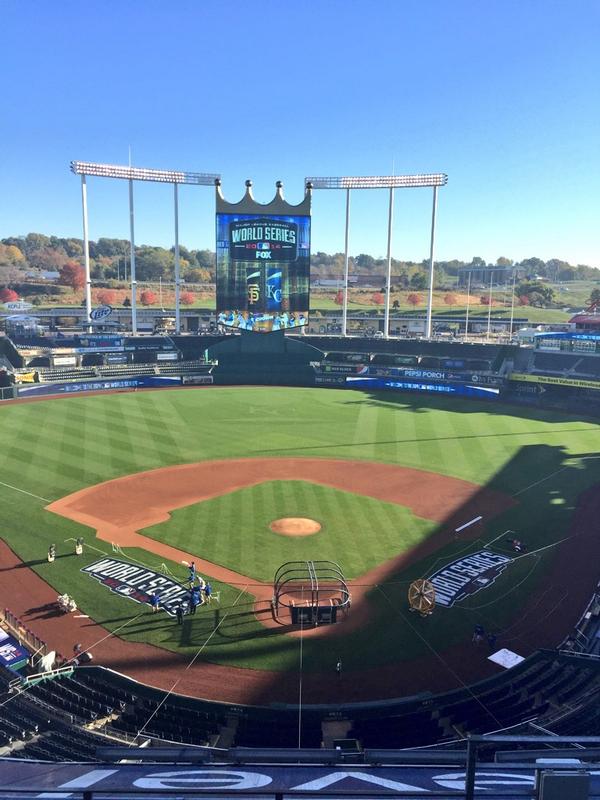- 27,111
- 14,584
- Joined
- May 2, 2012
The Mets on June 28 wore uniforms that predicted the World Series did-mets-predict-the-2014-world-series … (h/t @TheSportsDude)
http://www.sbnation.com/2014/10/17/6997227/did-mets-predict-the-2014-world-series
http://www.sbnation.com/2014/10/17/6997227/did-mets-predict-the-2014-world-series
Last edited:

 unless you count one start of 5+ with no runs as special.
unless you count one start of 5+ with no runs as special.



